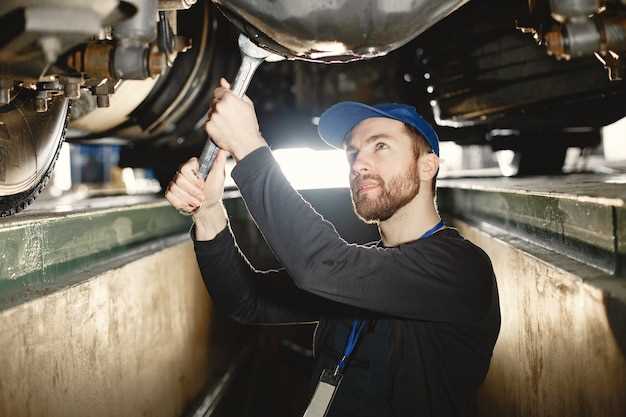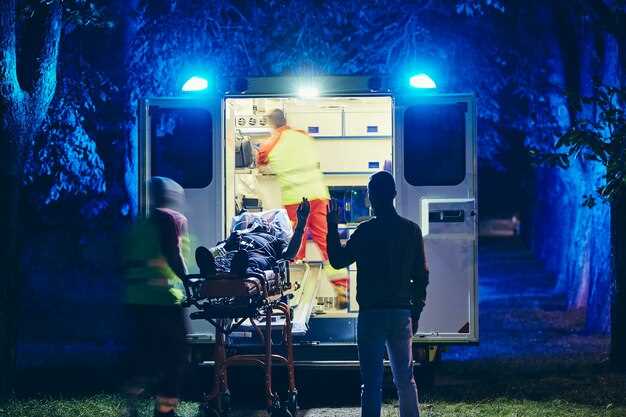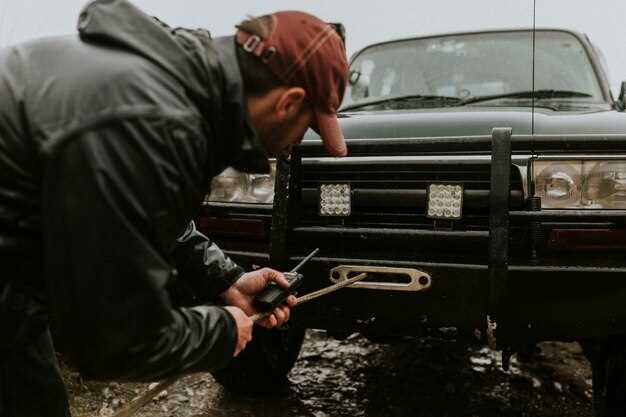
When it comes to ensuring safe travels with your trailer, functioning lights are essential. Faulty trailer lights can lead to dangerous situations on the road, making it crucial to address any repair needs promptly. Fortunately, with a little knowledge and the right tools, you can tackle simple repairs yourself, saving both time and money.
Understanding the common issues that can arise with trailer lights is the first step in the repair process. Whether it’s a burnt-out bulb, a damaged wiring connection, or a blown fuse, identifying the problem is key. In this guide, we will walk you through each of these issues and provide step-by-step instructions to get your trailer lights back in working order.
With just a few tools and some basic skills, you can make efficient repairs without the need for professional assistance. By following these simple steps, you’ll ensure your trailer is equipped with properly functioning lights for all your travel needs, enhancing both your safety and the safety of others on the road.
Identifying Common Trailer Light Issues and Symptoms

When dealing with trailer lights, understanding the common issues can save time and prevent accidents. Electrical problems often manifest through various symptoms that indicate the need for repair or replacement.
1. Flickering Lights: If trailer lights flicker, it typically suggests a loose connection or corroded wiring. Check the connectors and junction boxes to ensure everything is securely fastened and free from rust.
2. One Light Not Working: A single malfunctioning light can point to a burned-out bulb. Replace the bulb to see if this resolves the issue. If the problem persists, inspect the wiring associated with that specific light, as there could be a break or a short circuit.
3. Dim Lights: Dim trailer lights can indicate poor voltage supply, which may be caused by corroded connectors or a weak ground connection. Verify that all connections are clean and the ground wire is securely attached to a metal surface.
4. Complete Failure of All Lights: If all trailer lights fail at once, examine the trailer’s fuse or circuit breaker, as this may have tripped. Additionally, check the wiring harness for any significant damage, which could prevent power from reaching the lights.
5. Inconsistent Lighting Patterns: If the lights behave erratically, such as turning on and off spontaneously, this may be due to a faulty wiring harness or a problem with the tow vehicle’s electrical system. Inspect both systems to identify the source of the inconsistency.
By recognizing these symptoms and their associated electrical issues, you can take the necessary steps to effectively repair trailer lights, ensuring safety and reliability on the road.
Step-by-Step Guide to Replacing Faulty Trailer Light Bulbs

When your trailer lights flicker or fail to illuminate, it is essential to address the issue promptly. Replacing faulty bulbs is one of the most straightforward electrical repairs you can perform. Follow this guide to restore your lights efficiently.
Step 1: Gather Necessary Tools
Before beginning, ensure you have all the necessary tools. You will need a pair of gloves, a new bulb compatible with your trailer model, and possibly a screwdriver to access the light housing.
Step 2: Disconnect the Power Source
Safety is crucial when dealing with electrical components. Start by disconnecting your trailer from the towing vehicle. This will prevent any accidental short circuits while you work on the lights.
Step 3: Access the Light Housing
Locate the light housing where the faulty bulb resides. Most trailers have a simple access panel secured by screws or clips. Use your screwdriver to remove these, and gently pull off the housing to expose the bulb.
Step 4: Remove the Old Bulb
Carefully twist or pull the old bulb out of the socket. If the bulb is stubborn, check for any locking mechanisms that may be holding it in place. Be cautious not to apply excessive force, as this could damage the socket.
Step 5: Insert the New Bulb
Take your new bulb and align it with the socket. Gently insert it, ensuring it fits snugly. If the bulb has specific orientation requirements, make sure to follow those instructions to avoid electrical failures.
Step 6: Test the Lights
Before reassembling everything, it is wise to test the new bulb. Reconnect your trailer to the towing vehicle and turn on the lights. Check if the new bulb illuminates properly. If it doesn’t, double-check the connections and the bulb’s compatibility.
Step 7: Reassemble the Light Housing
If the new bulb is functioning, carefully replace the light housing. Make sure it fits securely and reattach any screws or clips you removed earlier.
Step 8: Dispose of the Old Bulb
It’s essential to dispose of the old bulb responsibly. Many local recycling centers accept used bulbs, so be sure to follow your local regulations for disposal.
By following these steps, you can effectively repair your trailer lights, ensuring you remain safe and visible on the road. Regular maintenance of your trailer’s electrical system will help prevent future issues and prolong the life of your lights.
Basic Electrical Troubleshooting Techniques for Trailer Lights
When dealing with malfunctioning trailer lights, a methodical approach to troubleshooting is essential. Start by checking the power supply to the lights. Ensure that the trailer is properly connected to the vehicle and that the vehicle’s power source is functioning. Use a multimeter to measure the voltage at the trailer connector; it should read around 12 volts. If there is no power, inspect the vehicle’s fuse box for any blown fuses that could affect the trailer light circuit.
Next, examine the wiring for any visible signs of damage. Look for frayed wires, corrosion, and loose connections. Pay special attention to the ground connection, as a poor ground can lead to flickering or non-working lights. Clean any corroded connections and ensure all wires are securely attached.
If the lights still do not function, test each individual light bulb. Remove the light housing and check the bulb for any signs of burning out. Replace any damaged bulbs with new ones. While doing this, inspect the light sockets for corrosion or dirt that could hinder good contact.
Additionally, consider using a trailer light tester to check the specific lights and their functions. This tool can help identify whether the issue lies within the bulb, socket, or wiring. Follow the testing process as per the manufacturer’s instructions to ensure accurate results.
Lastly, if problems persist after checking all the components, further investigate the wiring harness leading to the trailer lights. Look for any breaks, shorts, or pinched wires that could disrupt the flow of electricity. Repair or replace any damaged sections to restore full functionality to your trailer lights.





